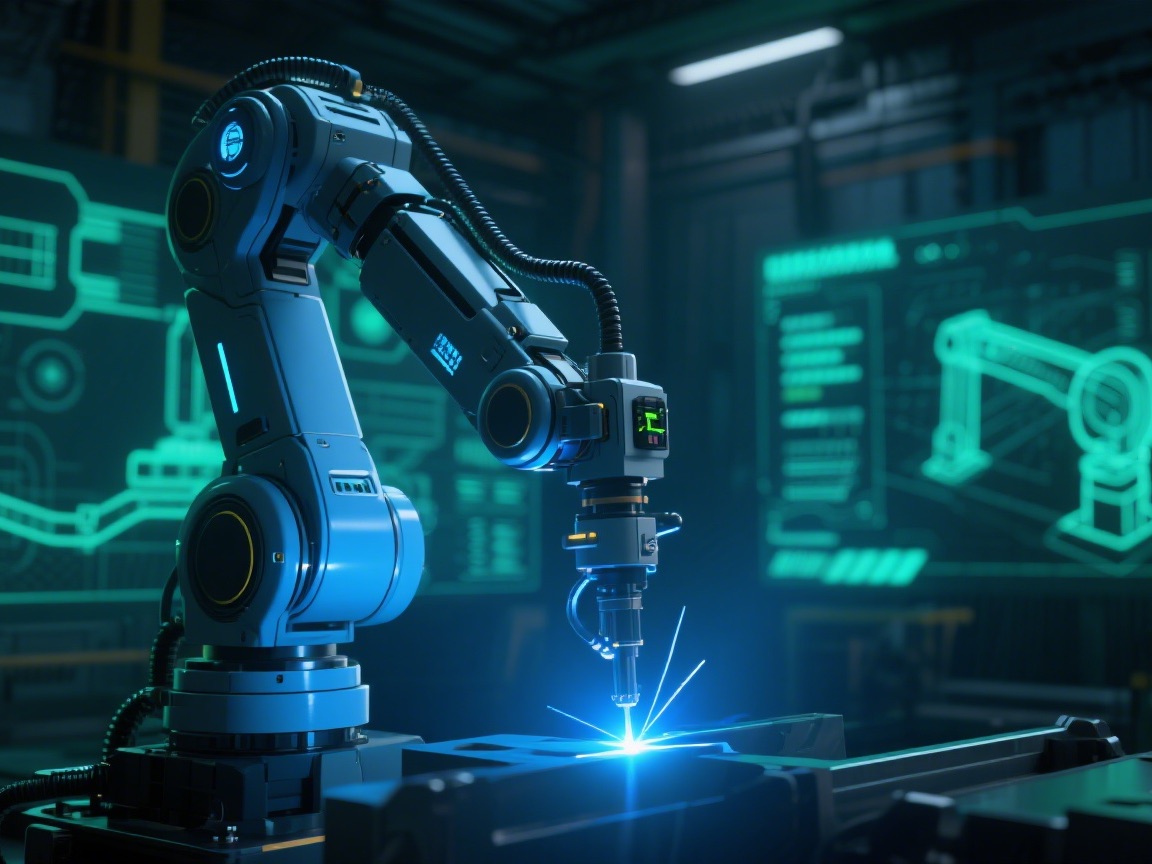 Industry News
Industry News Industrial Manufacturing: AI-Driven Upgrade of Smart Manufacturing
Industrial Manufacturing: AI-Driven Upgrade of Smart Manufacturing
2025-08-27
2025-05-13
2025-05-19
2025-06-03
2025-06-20
2025-07-01
 Current Affairs
Current AffairsQ1: What are the main applications of artificial intelligence (AI) in laboratory automation?
A1: The main applications of AI in laboratory automation are all about making lab processes smarter and more automated. Things like processing data, interpreting results, identifying and managing samples, controlling automated equipment, optimizing experiment designs, predicting equipment failures and scheduling maintenance, and intelligent monitoring.With AI technologies like machine learning, deep learning, and natural language processing, labs can automate their workflows—boosting both efficiency and accuracy.
Q2: What are the specific applications of AI in laboratory automation?
A2: When it comes to real-world use, there are quite a few scenarios:Sample processing can be automated — using robots and AI algorithms, tasks like sample identification, extraction, storage, and tracking all happen without manual work.Data processing and model building are also possible — AI handles large volumes of data, helping scientists quickly pick out key variables and build predictive models.Experiment designs can be optimized — AI uses existing data to suggest the best plans for new experiments, saving time and resources.Equipment failures can be prevented early — by monitoring equipment status, AI spots potential issues ahead of time, reducing equipment downtime.Lab safety can be monitored — AI-powered monitoring systems keep an eye on real-time environmental changes to ensure safety.
Q3: What advantages does introducing AI automation bring?
A3: The benefits of introducing AI automation are actually quite tangible:Efficiency goes up — automated processing is fast and accurate, no slow manual operations, so it saves a lot of time.Accuracy improves too — human errors are reduced, making experimental data much more reliable.Costs can be cut — in the long run, labor costs decrease, and losses from equipment failures also go down.It even drives innovation — AI analyzes large amounts of complex data, helping uncover potential research directions and innovation points.Safety is more guaranteed — it automatically monitors the environment and equipment, lowering the risk of accidents.
Q4: What are the main challenges during implementation?
A4: But when it comes to actual implementation, there are plenty of troubles:Data quality and management are a problem — training AI models requires high-quality, standardized data, but this kind of data is hard to get. If data is inconsistent or missing, the model’s performance suffers.Technology integration is also complex — connecting AI systems with existing equipment and software needs a lot of technical support, and the system has to be optimized repeatedly.Costs are high too — the initial investment in hardware and technology development is substantial, which is a big burden for many small and medium-sized labs.Personnel training and acceptance are tricky — with technological changes, employees need basic AI knowledge. Training costs money, and it takes time for people to accept new things.There are also ethical and safety issues — AI’s decision-making often lacks transparency (it’s hard to explain why a decision is made), which easily raises concerns about data privacy, security, and ethical risks.
Q5: How to address these challenges to ensure the effective application of AI in labs?
A5: There are actually quite a few ways to solve these problems:Data management needs standardization — set unified rules for how to collect and store data, ensuring data quality and consistency.Take it step by step, start with small-scale pilots — begin with small pilot projects, gradually improve the system, then expand to the entire experimental workflow. No need to roll it out all at once.Strengthen training — offer training courses to help the team understand more about AI technology, and learn to operate and maintain the system.Collaborate more — work with universities, research institutions, or professional technology companies to share resources and technology. No need to tackle everything alone.Improve regulations and ethical standards — establish relevant systems to protect data privacy and make AI operations transparent, so people feel confident using it.
Q6: What role will AI play in laboratory automation in the future?
A6: As for the future, AI will play a more core and intelligent role in laboratory automation:It will design experiments on its own — fully automated experiment plans, no human supervision needed, and it may even conduct new experiments independently.It will also provide personalized services — customize automated workflows and analysis models based on different research needs, no more following fixed templates.Multi-source data can be integrated — different types of data (like images, genetic information, chemical data) can be combined for comprehensive analysis, to dig out deeper insights.It will enable cloud-based collaboration platforms — build intelligent cloud labs to share resources and advance research together, without geographical restrictions.Of course, ethics and supervision must keep up — while technology develops, it must comply with ethical and legal standards. We can’t just focus on speed.
Disclaimer: This website respects intellectual property rights. If any infringement is found, please contact this website in a timely manner for handling.